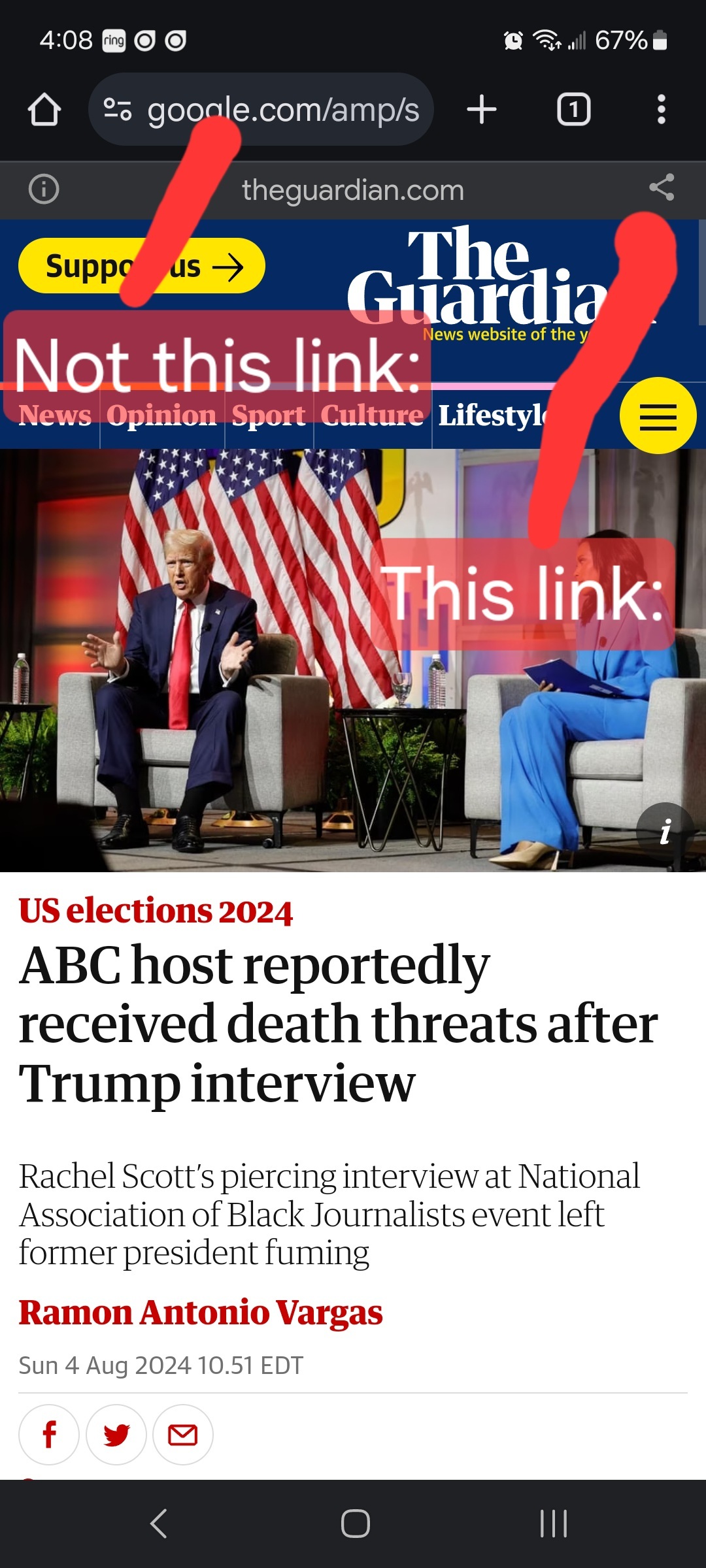politics
Welcome to the discussion of US Politics!
Rules:
- Post only links to articles, Title must fairly describe link contents. If your title differs from the site’s, it should only be to add context or be more descriptive. Do not post entire articles in the body or in the comments.
Links must be to the original source, not an aggregator like Google Amp, MSN, or Yahoo.
Example:

- Articles must be relevant to politics. Links must be to quality and original content. Articles should be worth reading. Clickbait, stub articles, and rehosted or stolen content are not allowed. Check your source for Reliability and Bias here.
- Be civil, No violations of TOS. It’s OK to say the subject of an article is behaving like a (pejorative, pejorative). It’s NOT OK to say another USER is (pejorative). Strong language is fine, just not directed at other members. Engage in good-faith and with respect! This includes accusing another user of being a bot or paid actor. Trolling is uncivil and is grounds for removal and/or a community ban.
- No memes, trolling, or low-effort comments. Reposts, misinformation, off-topic, trolling, or offensive. Similarly, if you see posts along these lines, do not engage. Report them, block them, and live a happier life than they do. We see too many slapfights that boil down to "Mom! He's bugging me!" and "I'm not touching you!" Going forward, slapfights will result in removed comments and temp bans to cool off.
- Vote based on comment quality, not agreement. This community aims to foster discussion; please reward people for putting effort into articulating their viewpoint, even if you disagree with it.
- No hate speech, slurs, celebrating death, advocating violence, or abusive language. This will result in a ban. Usernames containing racist, or inappropriate slurs will be banned without warning
We ask that the users report any comment or post that violate the rules, to use critical thinking when reading, posting or commenting. Users that post off-topic spam, advocate violence, have multiple comments or posts removed, weaponize reports or violate the code of conduct will be banned.
All posts and comments will be reviewed on a case-by-case basis. This means that some content that violates the rules may be allowed, while other content that does not violate the rules may be removed. The moderators retain the right to remove any content and ban users.
That's all the rules!
Civic Links
• Congressional Awards Program
• Library of Congress Legislative Resources
• U.S. House of Representatives
Partnered Communities:
• News
view the rest of the comments
Believe it or not, no. I actually think loss of the penny might actually be either break-even or a slight benefit to the consumer on that front.
Most places advertise prices of $Y.99 so they can say that the item "costs less than $X" and get the psycological benefits associated with it. Saying $9.99 is less than $10 might sound like unreasonably silly semantics especially when you look at it on paper, but it has an extreme and effective psychological effect on the average consumer. It's why it's been standard practice for over a century.
Stores wouldn't be forced to change their pricing scheme by this in practice, as pennies will be around for decades to come even if they stopped making new ones tomorrow. But if they were, and for some reason stores were forced to round to the nearest nickel, I could see them going from $X.99 to $X.95 in an effort to maintain that psychological edge.
I think you're right. Walmart does x.88 pricing because the x.99 pricing started losing psychological effectiveness.
Nitpick: It was more about association. When you see a price of $x.88, that's almost always from Walmart. They want their price to be distinguishable from everybody else's, and easier to pick out when you're looking at a list of comparable prices when all of them are just doing $x.99 instead.
And the 11 cent savings does add up over time at a consumer level. It means nothing as far as Walmart is concerned. But if you go grocery shopping and buy, say, 100 different items (which you can easily do during one shopping trip that covers multiple weeks or if you have a large family), that's $11 in savings. So when you're price comparing, it basically leads to "Well, they're all about the same price everywhere. but if I buy it all at Walmart, I save about ten bucks. So I'll go there."
It's all about associating "$x.88" with Walmart, and making sure that if everything else is equal, Walmart still has that one last edge that tips the scales ever so slightly in their favor when it comes to consumer decisions. And it is amazingly effective.
I think that might just be a by-product of it. I remember back in a college marketing class when they first started implementing it at Walmart and they were one of a few examples of retail companies using the pricing structure already.
Stretching my memory the others were a regional dollar type store, a regional electronic place that would have sales for like $88.88, and a number of car places where they would use 1s, 0s and 8s to make the price look cheaper. Like $10,888.00.
In Germany there are some stores like DM that round down to the next 5 cent. It was also cheaper for them to adjust all prices from .99 to .95 than to pay for all the handling of the 1 and 2 cent coins. They still accept them though.